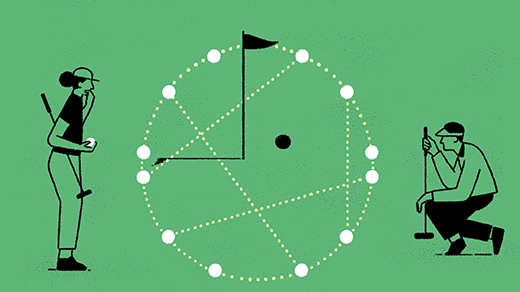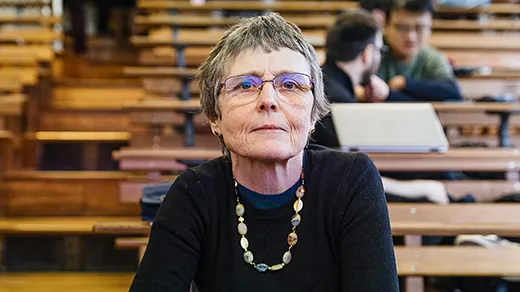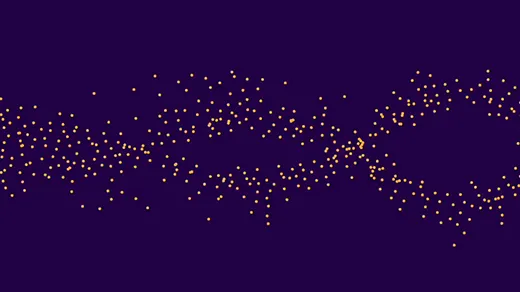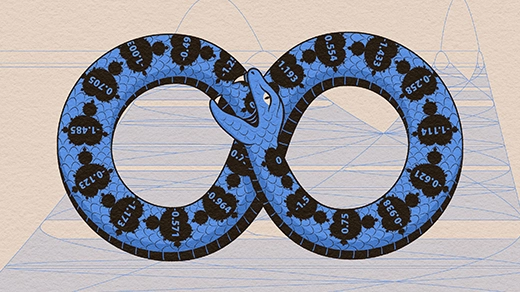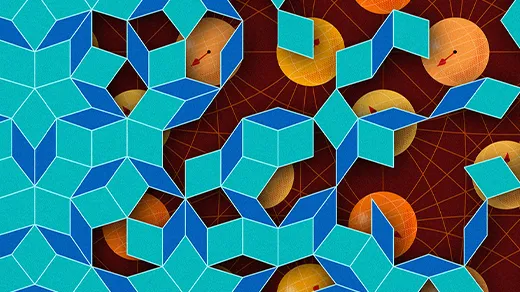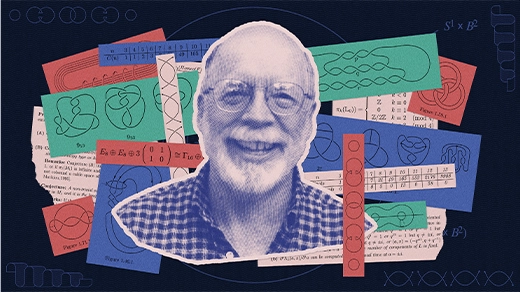What's up in
Mathematics
Latest Articles
Merging Fields, Mathematicians Go the Distance on Old Problem
Mathematicians have illuminated what sets of points can look like if the distances between them are all whole numbers.
Topologists Tackle the Trouble With Poll Placement
Mathematicians are using topological abstractions to find places where it’s hard to vote.
Math That Connects Where We’re Going to Where We’ve Been
Recursion builds bridges between ideas from across different math classes and illustrates the power of creative mathematical thinking.
Michel Talagrand Wins Abel Prize for Work Wrangling Randomness
The French mathematician spent decades developing a set of tools now widely used for taming random processes.
‘The Rest of the World Disappears’: Claire Voisin on Mathematical Creativity
The recipient of the 2024 Crafoord Prize in Mathematics discusses math as art, math as language, and math as abstract thought.
Elliptic Curve ‘Murmurations’ Found With AI Take Flight
Mathematicians are working to fully explain unusual behaviors uncovered using artificial intelligence.
‘Entropy Bagels’ and Other Complex Structures Emerge From Simple Rules
Simple rules in simple settings continue to puzzle mathematicians, even as they devise intricate tools to analyze them.
Never-Repeating Tiles Can Safeguard Quantum Information
Two researchers have proved that Penrose tilings, famous patterns that never repeat, are mathematically equivalent to a kind of quantum error correction.
A New Agenda for Low-Dimensional Topology
This past October, dozens of mathematicians gathered in Pasadena to create the third version of “Kirby’s list” — a compendium of the most important unsolved problems in the field.
